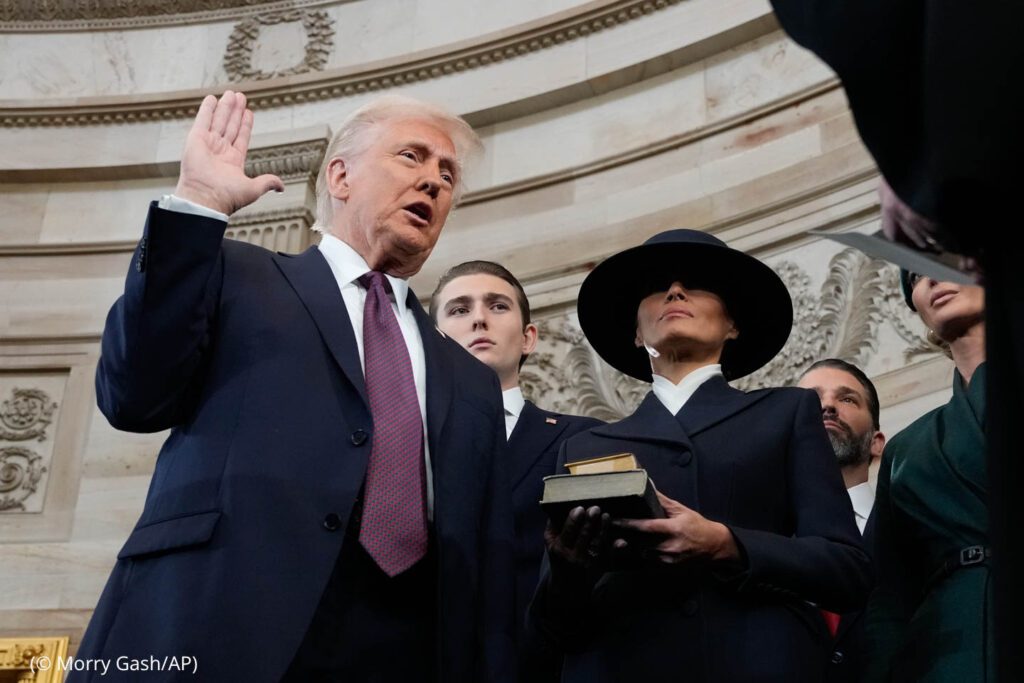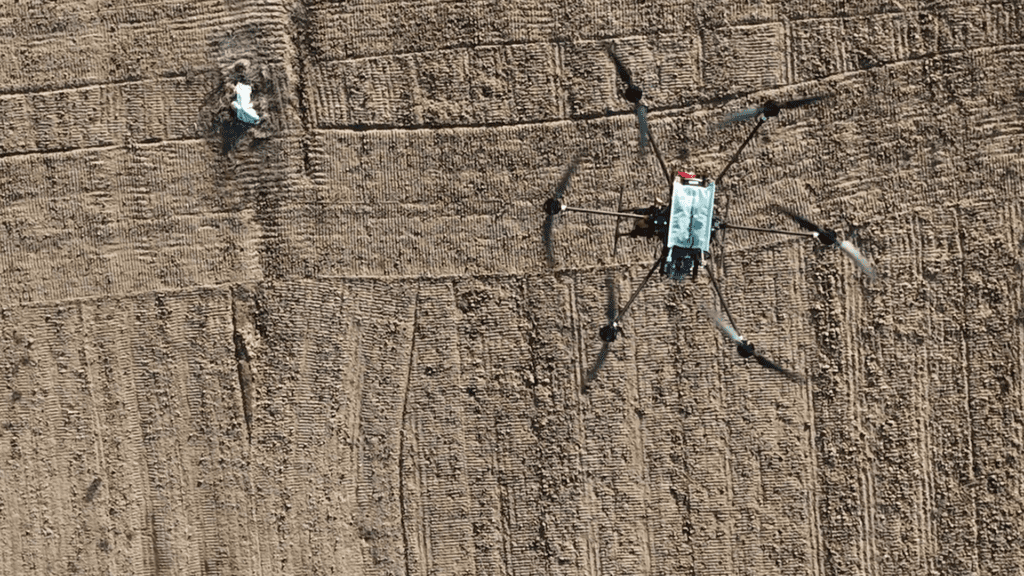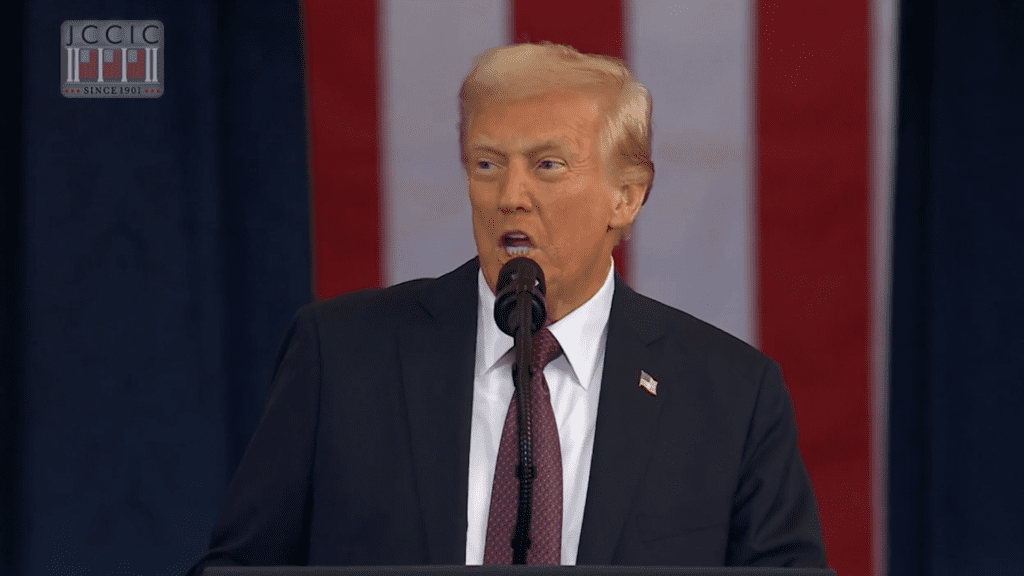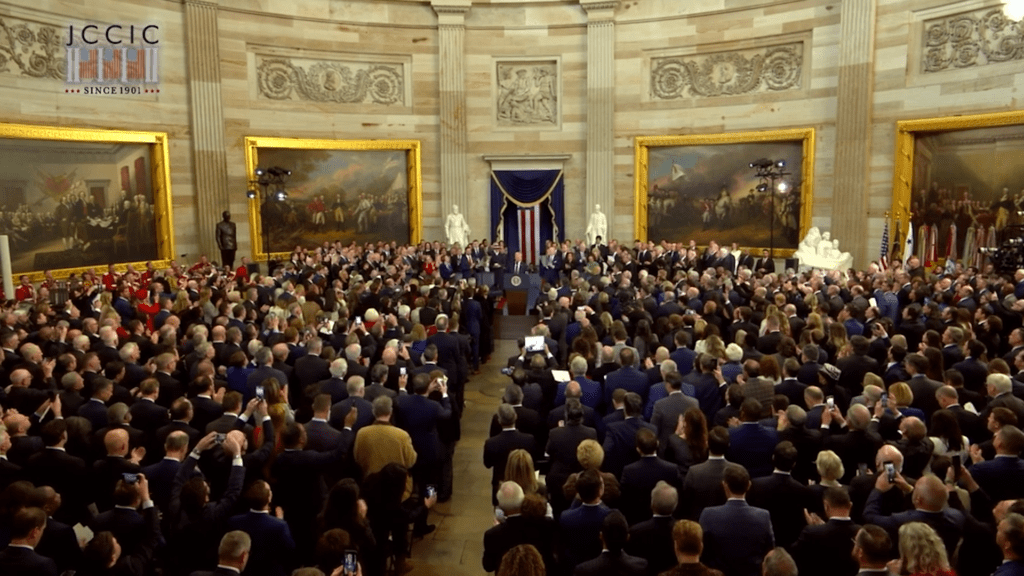Trump Begins Second Term with Bold Presidential Actions
By: Wise News Network Staff
Washington, DC (WNN) — Donald Trump took the oath of office for his second term on January 20th, 2025. He then immediately signed 47 presidential actions to fulfill promises made in his inaugural address. These executive decisions address issues ranging from border security and inflation to energy policy and governmental efficiency.

What Are Presidential Actions?
Presidential actions are official decisions the President of the United States makes to fulfill responsibilities under the Constitution or federal law. These actions can set policies, manage government operations, or address specific issues. They usually fall into three main categories:
- Executive Orders: These are like instructions from the president to federal agencies, telling them how to carry out laws or policies. They carry the force of law and agencies must follow them. For example, a president might issue an executive order to prioritize renewable energy projects.
- Proclamations: These are official announcements made by the president to the public. Some are symbolic, like declaring a national holiday, while others have legal effects, such as setting aside land as a national monument.
- Memoranda: These are less formal instructions from the president to federal agencies. They don’t always carry the weight of law but guide how agencies should handle specific tasks or issues.
Each type of action serves as a tool for the president to lead and manage the government effectively.
National Emergency at the Southern Border
One of Trump’s first actions in his second term was declaring a national emergency at the southern border, a move that sets the tone for his focus on border security. In his declaration, Trump stated that U.S. sovereignty was under attack and identified several key threats at the border, including illegal immigration, drug trafficking, and cartel violence.
Trump’s plan to combat these issues includes multiple strategies. First, he called for the military and National Guard to assist the Department of Homeland Security (DHS) in securing the border. This will involve deploying troops to support border patrol efforts, reinforcing security measures, and ensuring a more controlled and secure border environment. In addition, Trump emphasized the need for physical barriers, such as walls or fences, to control border crossings effectively.
A major part of Trump’s border strategy involves targeting cartels. In particular, he designated them as global terrorist organizations, a move that signals his administration’s intent to dismantle these groups, which are responsible for large-scale drug trafficking and violence. Trump’s administration plans to work closely with international partners to eliminate cartel operations and reduce the flow of illicit substances into the U.S.

Additionally, the national emergency declaration includes provisions to restrict drone activity near the border. By blocking drones from flying within five miles of the southern border, Trump aims to stop cartels from using unmanned aerial vehicles to transport drugs or other contraband into the country.
Finally, Trump reinstated his controversial “Remain in Mexico” policy, which requires asylum seekers to stay in Mexico while their cases are processed in the U.S. He also revoked Proclamation 10142, which had ended the national emergency during his first term, signaling a return to stricter immigration policies.
Addressing Inflation with Energy Plans
Trump’s strategy to reduce inflation is directly tied to increasing U.S. energy production. Specifically, he argues that expanding energy output will lower costs for Americans by reducing dependence on foreign oil and cutting the prices of domestic energy sources.
One of his first actions was to revoke several environmental regulations that were put in place by the Biden administration. Trump believes these regulations, such as the Green New Deal and the electric vehicle mandates, contributed to rising living and working costs. By rolling back these rules, he aims to make it easier for businesses to operate and lower the price of energy, thus easing inflationary pressures.

Trump’s administration is also focused on boosting domestic energy production, particularly by increasing oil and natural gas drilling. Under the new plan, the administration will encourage drilling in areas like Alaska and the U.S. continental shelf. Trump views these moves as essential for establishing the U.S. as a global energy leader, which he argues will create jobs and strengthen the economy.
In addition to these actions, Trump is pursuing energy independence by pushing for reduced reliance on foreign energy imports. By expanding domestic drilling and energy production, Trump hopes to provide a more stable and secure energy future for the U.S.
Improving Government Efficiency
Trump also announced plans to improve government efficiency, aiming to streamline operations and make federal agencies more effective. One of his key initiatives is the creation of the External Revenue Service (ERS). This new agency will focus on managing foreign tariffs and trade policies, making sure the U.S. secures fair trade deals and protects its economic interests.
Additionally, Trump proposed the establishment of the Department of Government Efficiency. This department will focus on enhancing government technology and improving communication across agencies. By improving the way federal agencies work together, Trump aims to create a more efficient and cost-effective government. The department will also work to ensure that government data remains secure and that operations run smoothly.
These plans show that Trump wants to make the federal government run more smoothly and better serve American citizens. Improving government efficiency is a key part of his larger goal to shrink the government and cut costs while still making sure it works well.
Looking Ahead

The administration’s bold steps have already generated significant discussion, with critics questioning the impact of some policies and supporters applauding the president’s decisive actions. As Trump moves forward with his agenda, the public and lawmakers alike will continue to monitor these changes closely.
To see a complete list of Trump’s presidential actions, visit whitehouse.gov.
And to see our video on the subject click this sentence!
For more WNN video news stories, visit YouTube: https://www.youtube.com/@wisenewsnetwork
For further WNN articles and news stories, visit: https://wisenewsnetwork.com
Contact WNN at [email protected]
Copyright 2024 Wise News Network. All rights reserved.
